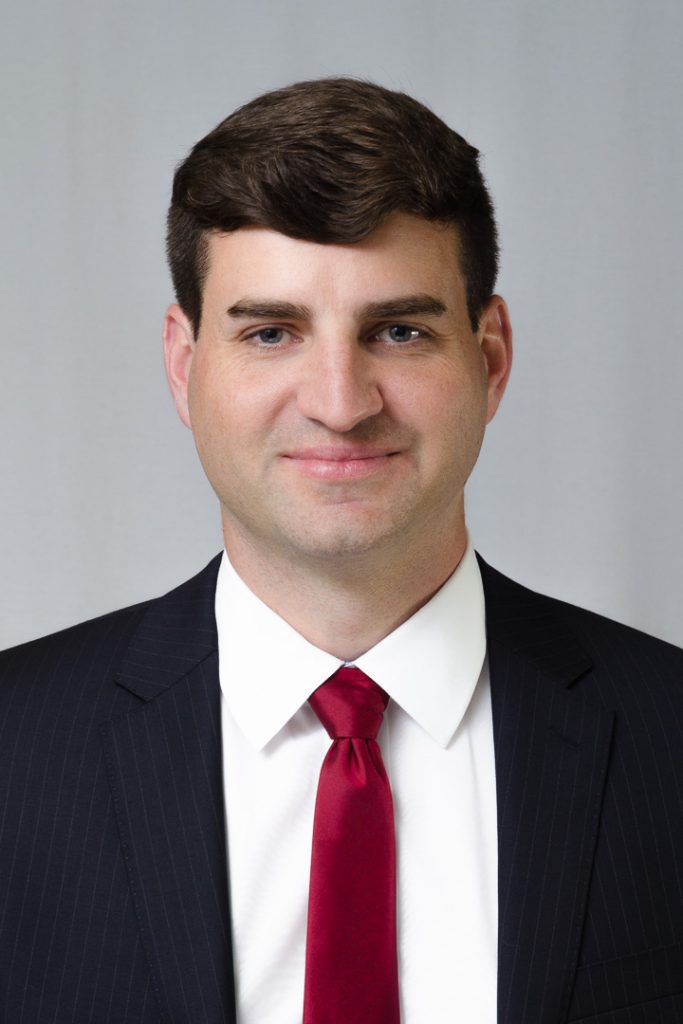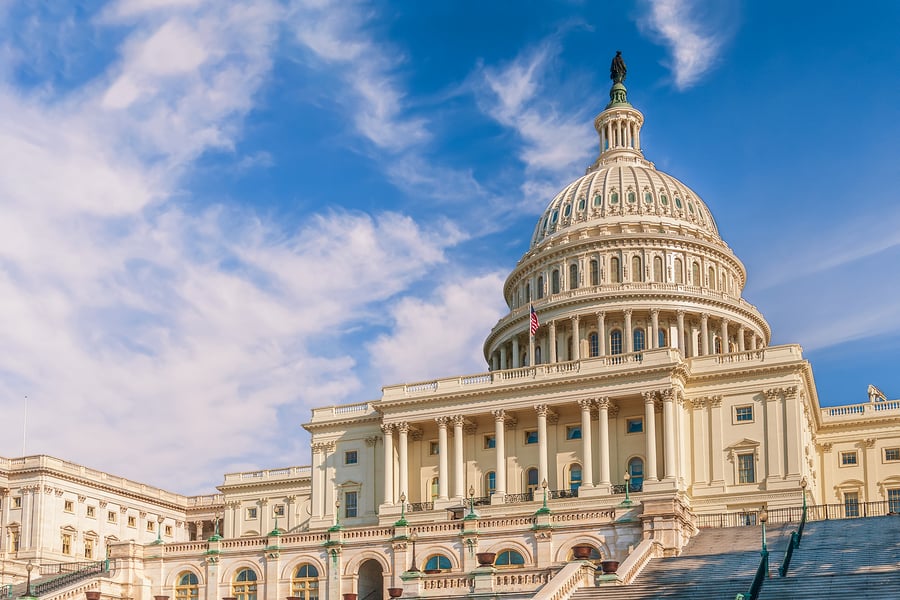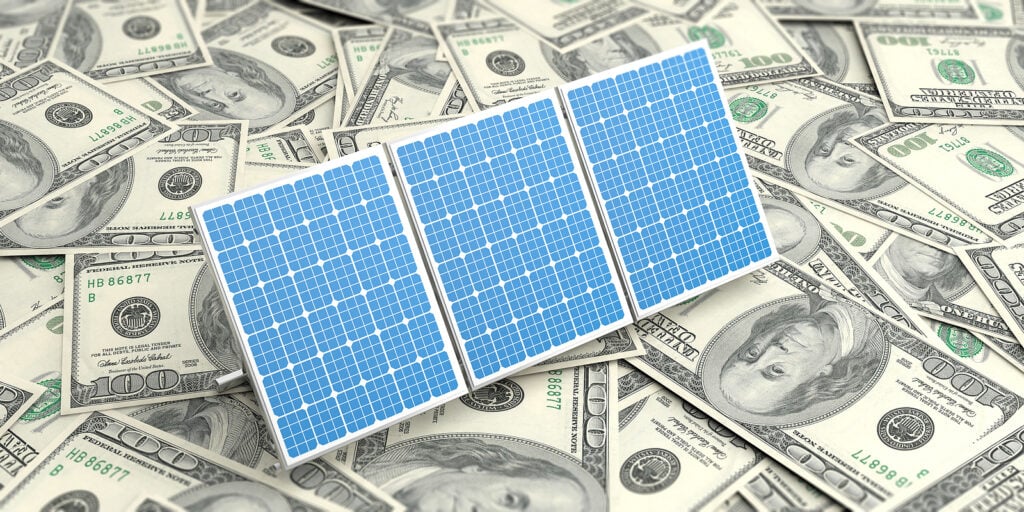Subsidies for Me, but Not for Thee
The Department of Energy’s proposed grid resiliency rulemaking was the wrong solution for a genuine problem. The Federal Energy Regulatory Commission rightly voted to terminate the rulemaking, instead requesting information from grid operators and the public about how to address the undervaluation of coal and nuclear power generation in electricity markets. But before we move forward with that discussion, something must be noted: the wind and solar companies and their lobbying arms that loudly opposed the proposal are rank hypocrites. The spectacle of two industries built on federal subsidies and state mandates feigning outrage at the mere suggestion that someone else might also get government favors cannot pass unremarked.
“We worry today’s proposal would upend competitive markets that save consumers billions of dollars a year. The best way to guarantee a resilient and reliable electric grid is through market-based compensation for performance, not guaranteed payments for some, based on a government-prescribed definition.”
The criticism above is quite correct. It sounds like it must have come from a free market think tank, right? Wrong. Those are the words of Amy Farrell of the American Wind Energy Association (AWEA), the trade association for the U.S. wind industry. No guaranteed payments for some based on a government-prescribed definition, huh? So exactly how does AWEA define the Production Tax Credit (PTC), a tax credit that goes to a government-prescribed list of favored generators (overwhelmingly wind)? The PTC provides a direct subsidy for every kilowatt-hour of electricity generation from those favored sources. Sounds like “guaranteed payments for some” to us.
AWEA’s position against the DOE proposal might give the impression that they have seen the light of competitive markets and don’t want their subsidies anymore. They might even tell you that they agreed to the deal to phase out the PTC, nevermind that they were forced into it by pressure and the “phase out” means they still will be getting subsidies for at least more than a decade. But their hysterical reaction to a Senate version of the tax bill that passed last year gives the lie to that. The renewables industry went DEFCON1 when they realized that a provision of the bill intended to prevent tax avoidance could reduce the value of their government subsidies. So, while simultaneously fighting the DOE resiliency rulemaking based on its potential to “upend competitive markets,” that same renewables lobby scrambled to protect their gravy train in the final version of the tax bill. It seems that what we have here from AWEA is an example of subsidies for me, but not for thee.
The coal and nuclear industries are right to feel aggrieved. Federal subsidies distort electricity markets. The renewables industry likes to talk about how much generation they have been installing in recent years, but those installations have not been additive economic contributions. U.S. electricity demand has been flat for a decade. New wind and solar generation is not meeting additional demand, but rather it is cannibalizing from existing generation, a parasite on the grid mainly harming coal and nuclear generators. In a normal market, no one would be investing billions in unneeded generation, but tax credits like the PTC and its solar cousin the Investment Tax Credit (ITC) make it profitable to throw up wind and solar generating facilities as rapidly as possible regardless of market conditions.
The coal and nuclear industries are right: the federal government skews markets against them and in favor of wind and solar. But the answer is not to expand subsidies to coal and nuclear, the answer is to remove the existing subsidies and favoritism that skew the markets. AWEA says they oppose “guaranteed payments for some.” As long as that “some” doesn’t include them.





